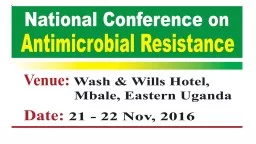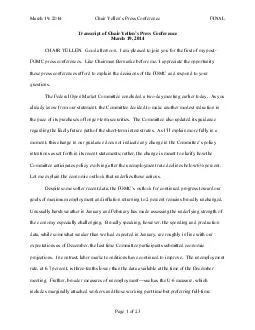PPT-Jacob S Iramiot Welcome remarks from chair Conference –Dr
Author : giovanna-bartolotta | Published Date : 2018-12-11
Mpagi Welcomed participants to conference and highlighted reason for conference Recognized presence of various stakeholders Thanked Young people for attending
Presentation Embed Code
Download Presentation
Download Presentation The PPT/PDF document "Jacob S Iramiot Welcome remarks from ch..." is the property of its rightful owner. Permission is granted to download and print the materials on this website for personal, non-commercial use only, and to display it on your personal computer provided you do not modify the materials and that you retain all copyright notices contained in the materials. By downloading content from our website, you accept the terms of this agreement.
Jacob S Iramiot Welcome remarks from chair Conference –Dr: Transcript
Download Rules Of Document
"Jacob S Iramiot Welcome remarks from chair Conference –Dr"The content belongs to its owner. You may download and print it for personal use, without modification, and keep all copyright notices. By downloading, you agree to these terms.
Related Documents














